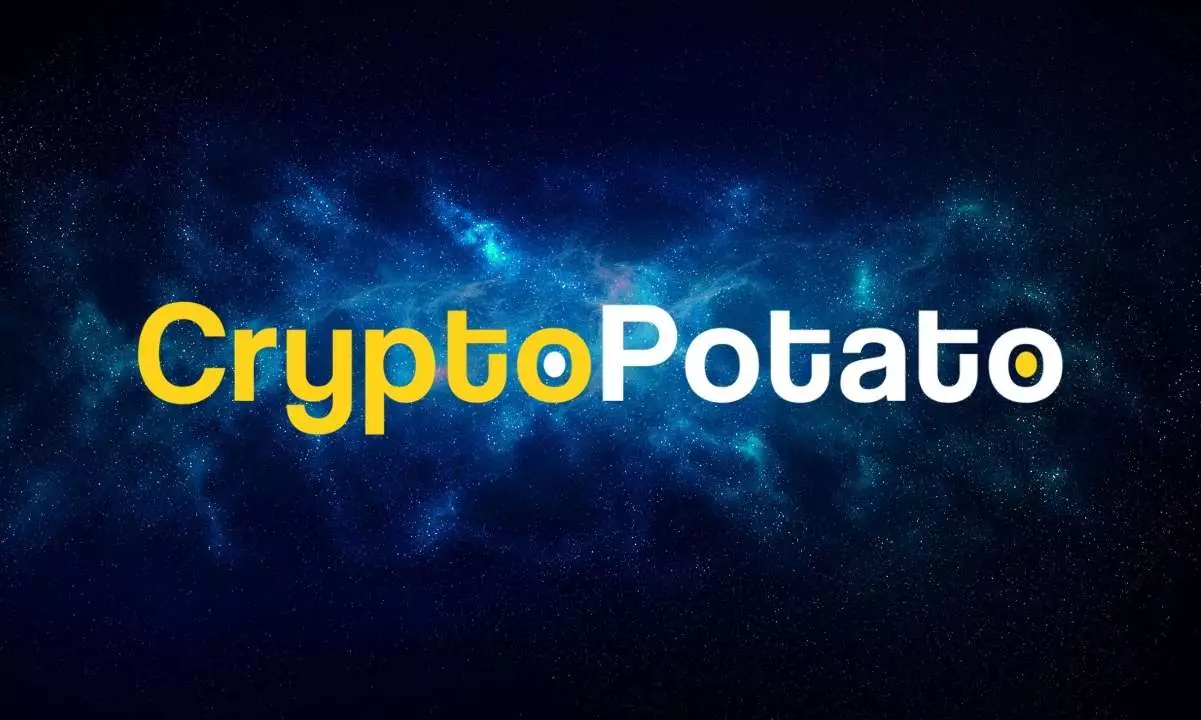Ethereum’s recent commitment to maintain an extended unstaking queue of approximately 45 days has ignited a fierce debate within the crypto community and beyond. Critics argue that such a long delay is a glaring flaw, especially when compared to alternative networks like Solana, which allows unstaking in merely two days. This disparity raises fundamental questions about user experience, liquidity convenience, and the overall viability of Ethereum’s Proof of Stake (PoS) security model. From a pragmatic standpoint, it seems increasingly difficult to reconcile the network’s prioritization of security and decentralization with the immediate liquidity demands of modern investors.
While critics often portray this delay as an inconvenience, it is crucial to examine the underlying purpose behind such a design. Ethereum’s approach is rooted in safeguarding the network’s integrity by making coordinated attacks costly and difficult. A shortened unstaking period could potentially introduce vulnerabilities or open avenues for malicious actors to destabilize the system, thereby compromising trust. Nonetheless, in an industry driven by rapid innovation and scalability, the current latency feels like a step backward—potentially alienating mainstream users and institutional players seeking swift, seamless liquidity.
The Defense of Security: Why Vitalik Buterin’s Perspective Holds Water
Ethereum’s founder, Vitalik Buterin, presents a compelling argument that the waiting period serves an essential defensive purpose. Comparing unstaking to military enlistment, he underscores the importance of commitment and the responsibilities that come with participation. His analogy implies that instant withdrawal power undermines the network’s stability, creating a fragile environment susceptible to market manipulation or attack. Given Ethereum’s significant role as a foundation for decentralized finance and broader blockchain applications, prioritizing security is not just conservative—it’s strategic.
Buterin’s framing invites a broader reflection on the balance between user convenience and network security. In an era where instant liquidity is not just preferred but expected, Ethereum’s approach appears somewhat antiquated. Yet, from a center-right liberal perspective that values decentralization and cautious innovation, this trade-off is logical. Sacrificing short-term liquidity for long-term security aligns with a belief that stability and trustworthiness are paramount for building robust global financial infrastructure.
Market Implications and the Institutional Factor
The recent spike in ETH stakes, reaching 2.6 million tokens, highlights strong institutional interest and confidence in Ethereum’s staking model despite the long exit queue. The fact that 30% of the entire token supply is staked demonstrates a profound belief in Ethereum’s future—an endorsement that outweighs current inconveniences. However, the long wait times could become a factor deterring new institutional entrants.
Institutional investors often prioritize liquidity and the ease of exiting positions, especially amid volatile markets. The 45-day unstaking period might be viewed as a structural barrier that challenges Ethereum’s attractiveness compared to networks offering swift withdrawal processes. While Ethereum’s high security and decentralization standards carry weight, the industry’s trend towards more user-friendly solutions cannot be ignored. For Ethereum to remain a dominant player, it must strike a better balance—upholding its foundational principles without sacrificing adaptability in a rapidly changing ecosystem.
The Controversy and Its Broader Impact
The debate extends beyond technicalities into the realm of reputation and stakeholder relationships. Criticism from prominent figures like Michael Marcantonio, who publicly expressed concerns over the prolonged unstaking process, reflects broader dissatisfaction and skepticism. Such criticisms, amplified beyond Ethereum’s core community, threaten to erode confidence, especially among prospective partners and institutional participants.
Internal disputes, highlighted by allegations of manipulation and pressuring stakeholders to silence dissent, reveal underlying fractures within the ecosystem. These tensions threaten to undermine Ethereum’s credibility and complicate its future development. From a pragmatic standpoint, if the network’s security model begins to be perceived as capricious or overly restrictive, it risks losing the trust that has historically been its cornerstone. Ethereum must carefully navigate these internal and external conflicts, as complacency could open doors for more flexible competitors to capture market share.
Final Reflections: A Necessary Trade-off or a Flawed Strategy?
In sum, Ethereum’s extended unstaking delay embodies a fundamental philosophical debate about what blockchain security should prioritize—instant liquidity or resilient decentralization. From a centrist-liberal perspective that values pragmatic security measures, the current delay is justifiable, even necessary. It acts as a safeguard, curbing impulsive exits that could threaten system stability. Yet, the industry’s evolving landscape demands more user-centric solutions, and Ethereum must adapt if it hopes to maintain its competitive edge and global relevance.
While the criticisms are valid, dismissing the security rationale outright risks overlooking the importance of a resilient, trustworthy blockchain infrastructure. Ethereum’s deliberate, albeit inconvenient, approach is a testament to its commitment to long-term stability over fleeting convenience—a principle that, in the grand scheme, might prove its worth. Nonetheless, it’s imperative for Ethereum’s leadership to continuously reassess whether the current design strikes the right balance or if a more nuanced, flexible solution is needed to truly serve the interests of all stakeholders.

